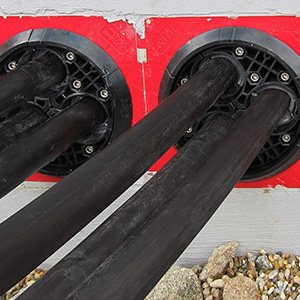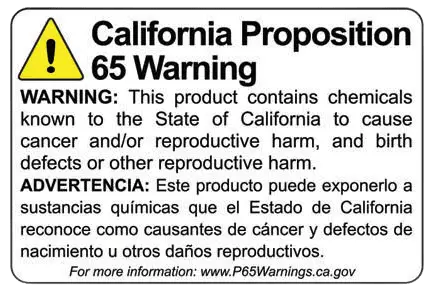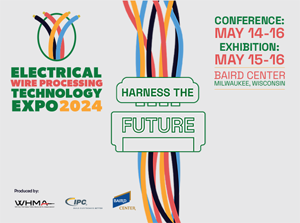 Cable entry seals play a crucial role in ensuring the environmental protection of cables, which is essential for the integrity and reliability of various installations. Here are the key aspects of how cable entry seals contribute to environmental protection:
Cable entry seals play a crucial role in ensuring the environmental protection of cables, which is essential for the integrity and reliability of various installations. Here are the key aspects of how cable entry seals contribute to environmental protection:
- Preventing Ingress of Water and Moisture:
- Cable entry seals are designed to prevent water and moisture from entering enclosures, which could otherwise lead to short circuits, corrosion, and damage to electrical and electronic components.
- Protecting Against Dust and Debris:
- These seals provide a barrier against dust and debris, maintaining the cleanliness of the internal environment and protecting sensitive equipment from contaminants that could impair performance or cause malfunctions.
- Ensuring Chemical Resistance:
- In industrial settings, cable entry seals must resist exposure to various chemicals. They are often made from materials that can withstand oils, solvents, and other chemicals to prevent degradation and ensure long-term durability.
- Mitigating Temperature Extremes:
- Cable entry seals help maintain a stable internal environment by providing insulation against extreme temperatures. This is particularly important in outdoor or industrial applications where temperature fluctuations can be significant.
- Maintaining Pressure Integrity:
- In certain applications, such as underwater or pressurized environments, cable entry seals ensure that the internal pressure is maintained, preventing the entry of harmful substances and ensuring operational safety.
- Preventing Animal and Pest Intrusion:
- Proper sealing also prevents small animals and pests from entering enclosures, which can cause damage to cables and other components.
- Fire Resistance:
- Some cable entry seals are designed to provide fire resistance, helping to contain fires and prevent them from spreading through cable pathways.
- Compliance with Standards and Regulations:
- Cable entry seals must comply with various international standards and regulations that ensure they meet specific environmental protection criteria, such as IP ratings (Ingress Protection) and NEMA standards (National Electrical Manufacturers Association).
Types of Cable Entry Seals
- Cable Glands: Provide sealing and mechanical protection for cables entering equipment. They are available in various materials and configurations to suit different environmental conditions.
- Grommets: Typically used for cables passing through panels or enclosures, providing a seal and protecting the cable from abrasion.
- Sealing Plugs: Used to seal unused cable entry points, ensuring that the enclosure remains protected from environmental factors.
- Multi-Hole Seals: Allow multiple cables to pass through a single entry point while maintaining a sealed environment.
Best Practices for Installation
- Proper Sizing: Ensure that seals are appropriately sized for the cables and the entry points to prevent gaps that could compromise the seal.
- Material Compatibility: Choose seals made from materials compatible with the environmental conditions and the substances they may be exposed to.
- Regular Inspections: Conduct regular inspections and maintenance to ensure that seals remain intact and effective over time.
- Professional Installation: Ensure that installation is carried out by trained professionals to guarantee that seals are properly fitted and functioning as intended.
By implementing robust cable entry seals and following best practices, organizations can significantly enhance the environmental protection of their cable installations, ensuring longevity, reliability, and safety.


